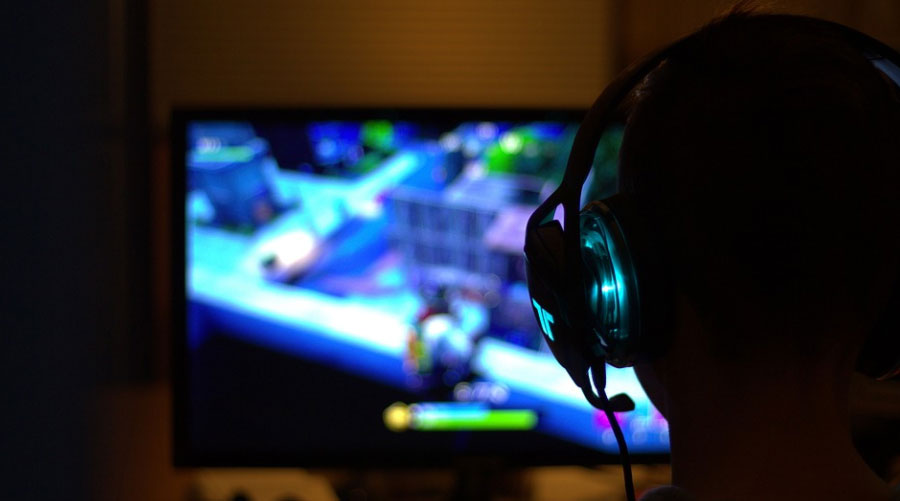
Dell U2412M or BenQ XL2420T: Which Is Better?
Iren
- 0
- 2376
If you’re not familiar with PC hardware, the process of selecting and purchasing a monitor can get somewhat daunting. There are a ton of factors that you will have to look at. For instance, you have to determine the size of the screen that you want to have. Generally, the larger the screen is, the better your gaming experience. However, that’s not the only reason to get a more prominent display size. The maximum resolution you can obtain from your monitor is also determined by how large the screen is. A 19-inch monitor, for example, will only be able to support a resolution of 1280 x 1024, while a 22 to 23-inch monitor can display up to 1920 x 1080.
The resolution basically represents the number of pixels on the screen. This means that a 1920 x 1080 resolution will display 1920 pixels from the top to the bottom of the screen and 1080 pixels from the left side to the right side of the screen. Basically, the more pixels you have, the sharper the images on the screen will appear. It is not surprising then to see many graphics designers employing screen sizes of up to 30 inches or more so that they can view their photographs in much higher clarity. For gaming, though, anything from 22 to 24 inches is more than sufficient. A good choice that you should consider would be the BenQ XL2420T.
It’s been voted by many gamers as one of the best monitors for gaming. Why? Firstly, it’s a 24-inch monitor that has a really low response rate of 2 milliseconds. If you’re unsure how good that is, let’s just say that the average monitors these days have about 6-8 milliseconds of response time. This basically means that its response is several times faster than the market average. With a better response time, the images will also appear more fluid as they move about, so you don’t have to worry about any blurring issues or “ghosting,” as it is more commonly known among gamers. Read this in-depth BenQ XL2420T review if you’re interested. The review is located right at the bottom of the page, so you might have to scroll down for a bit.

My favorite gaming monitor by far is still the U2412M, though. It’s simply outstanding in every single aspect when you compare it to the top monitors on the market. Additionally, it comes with an IPS panel rather than the usual TN panels. The clarity and colors that it can display will just blow everything else out of the water. With up to 8 ms of response time, an almost perfect vertical and horizontal viewing angle, and the fact that Dell manufactures it, this monitor is simply the best. I understand that I probably didn’t do justice with my review of Dell U2412M here, but that’s all I can say for now. You should find out more if you have any interest in it.
Nonetheless, if you’re an ASUS fan like me, however, another monitor that’s really inexpensive yet powerful is the Asus VS239H-P. It’s definitely not as powerful as the earlier mentioned BenQ, but it’s good enough if your budget is restricted. It costs about 2-3 times cheaper, so it’s a really good budget monitor. A fairly decent VS239H-Preview can be found here. I wouldn’t be too concerned about the brightness (measured in cd/m2) of the monitors because virtually nobody would make use of the maximum brightness that the gaming monitors today are capable of displaying.
Plus, most monitors come with LED backlighting anyway, so it’s really not necessary to have any form of additional brightening.

Other features like the adjustability options of the monitors could also be important if you wish to have flexible stands and whatnot. Some monitors can be rotated a whole 90 degrees while others have the pivot ability, so it really depends on how important you think they are. Built-in speakers are occasionally made available, too, but these are much rarer. The ViewSonic VA2406M is one such monitor, and it’s pretty suitable for gaming.
It lacks a ton of other features, though. Examples would be the USB and HDMI ports which it doesn’t have. That’s rather unfortunate as it has almost everything else besides those. In short, though, take your time to learn all these terms and phrases in order to understand them before you get about purchasing your next monitor. You’ll thank me for it.



